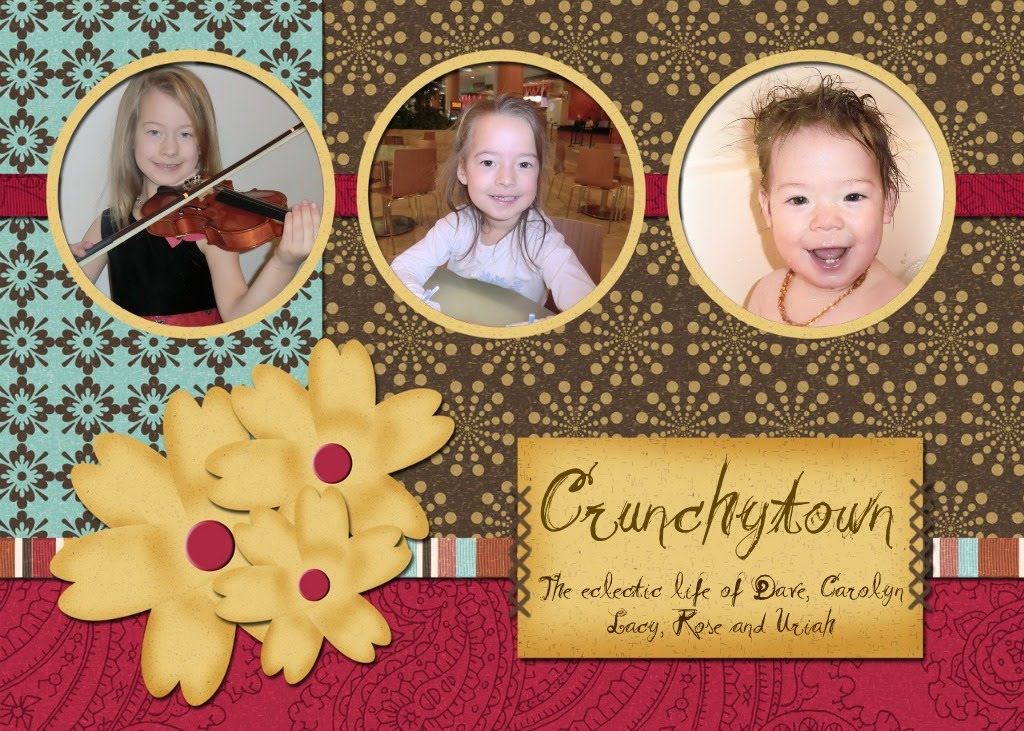I was just reading an article about cloth diapering that appeared in someone's local newspaper. Her grandmother actually clipped it and sent it to her in a very passive aggressive manner. The article in question actually suggests that cloth diapering is a confusing and complicated process, not to mention expensive! Well, it can be confusing. There are a lot of different diapers out on the internets. But there are also lots of resources out there to help you figure out what you should get. In that article, it states that a newborn diaper stash can cost you up to $700. Well, that's a lot of money. But cloth diapering certainly doesn't have to cost you a lot of money to get some really nice diapers.
There are lots of different types of diapers available. The most basic type of diaper is a flat. You know, those squares of fabric that are only one layer that you have to fold to get to a diaper shape. Well, flats are still available and many parents still use them on their babies. I briefly considered using flats when I was pregnant with Lacy, but I opted for a different diapering system as to not overwhelm and confuse myself and my husband with folding techniques. There are tons of websites with folding instructions, and even you tube videos! Flats are the most economical of all cloth diapers, costing around $1 per diaper, or a little more if you get larger flats. Plus, with flats, you don't have detergent buildup issues that you can get with other diapers, and if you line dry your diapers, they will be dry lickety split!
It seems that more commonly used are prefold diapers. They look like squares and have layers sewn in them, but you still have to fold them. Here's my baby boy in a prefold with pins when he was new still:

Isn't that cute? Please excuse the sideways view- I swear I changed that in my pictures, but it's not showing up here. Ri was about 6 weeks when I took this picture.
Prefolds are actually very easy to use, and quite economical. They run about $1.50-3/dozen for your run-of-the-mill prefold cloth diapers. The price gets higher for larger sizes of diapers and for organic cotton.
Contours and fitteds are other diapering choices that are available- they are shaped more like a baby already and may or may not have elastic in the legs and back (fitteds have the elastic) and you may or may not need to use pins or snappis to fasten them. Many come with velcro or snaps already applied. When I was pregnant with Lacy, I bought a bunch of flannel and sewed my own diapers using the Very Baby All In One pattern. These diapers are now getting quite thin and have a new life as doll diapers, but they served me well with my babies!

My diapers have snaps on them, which I prefer to velcro for many reasons. The snaps had not been applied yet in this picture- my friend had a snap press and put them on for me, and later I bought my own snap press. Normally, contours and fitteds cost quite a bit more than other types of diapers. Some of the more popular brands made from specialty fabrics such as bamboo can cost more than many all-in-one diapers!
With any of the flats, prefolds, contours or fitteds, you will need a cover, and possibly something to close them with. Covers usually are more form fittting than they were in the days of plastic pants. They usually fit on like a disposable diaper and have either velcro or snaps to close them with. For closure options, there are either pins or snappis, which are, in my experience, much easier to use than pins. But some people prefer the pins to the snappis. I personally like snappis because they are much faster than pins, making potty breaks for elimination communication much easier.
Then there are the easiest diapers of all to use- the all-in-ones and the pockets. The difference between the AIO's and pockets is that the all-in-ones are all ready to go, and the pockets have a little place in back where you stuff soakers to make them absorbent. They have a waterproof layer on the outside (usually polyurithane laminate, or PUL) and close with either snaps or velcro. The benefits of AIOs are they are very easy to use and are all one piece, but they do take a long time to dry. The benefits of pocket diapers are that they are much faster to dry and they always have a moisture-wicking layer next to the baby's skin, so the diaper feels less wet.
Here are several of my diapers. I've gotten a few more since this photo was taken.

Most of the diapers in this picture are one-size diapers, meaning they can fit on a baby anywhere from about 10 to 35 pounds. The Fuzzi Bunz one size (I have five of them in this picture- they have the white snaps) are set on the newborn setting and can fit smaller babies more easily. The Bum Genius organic All-in-ones (the top row light green and orange and the middle row blue) fit my baby very nicely now, but they didn't fit him until he was about 2 months old. And he's a chunk! Many cloth diapering experts recommend using prefold diapers for the first month or two before starting with a one-size system, because they don't fit newborns as nicely.
Cloth doesn't have to be expensive, nor does it have to be difficult! I much prefer using cloth diapers over disposable diapers for many reasons. They are cuter, are easier on my babies' bottoms, less expensive and much easier on the environment.

No comments:
Post a Comment